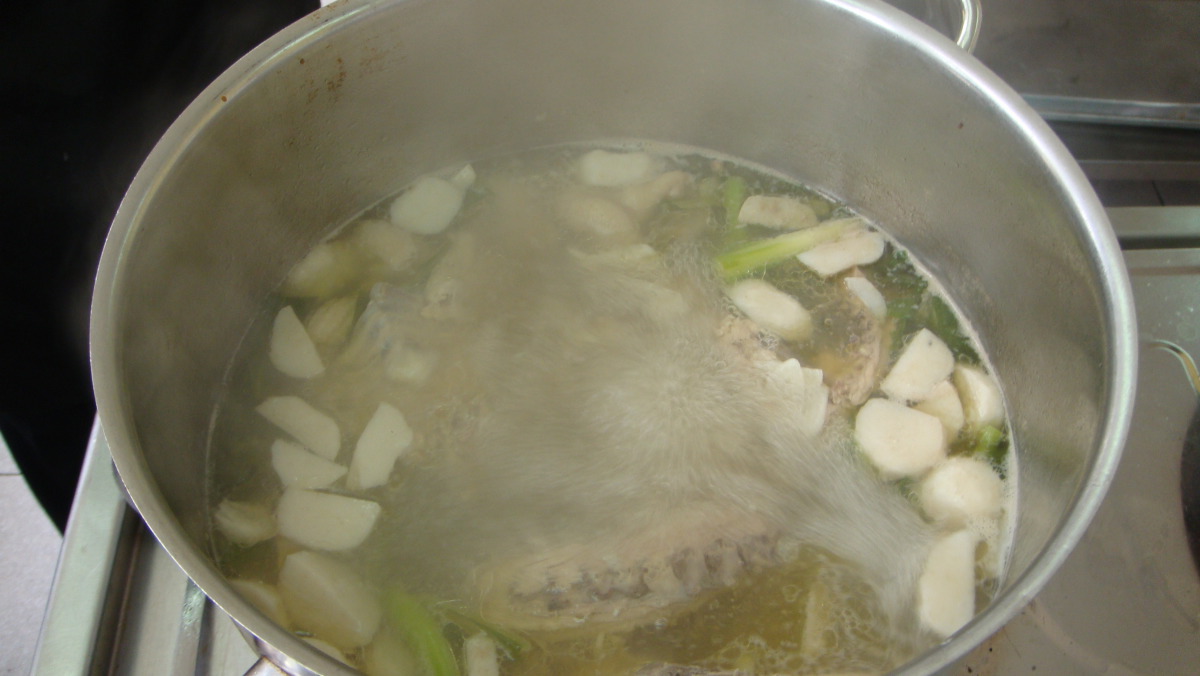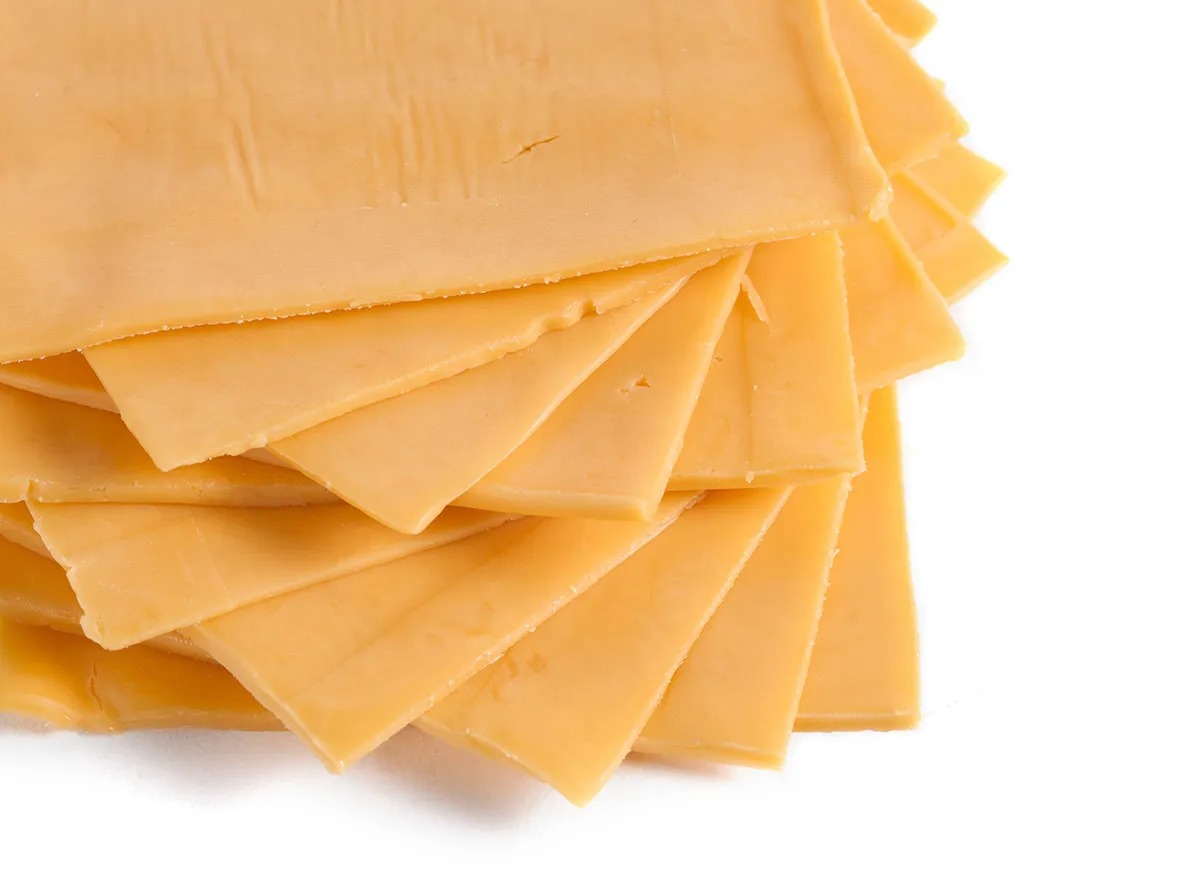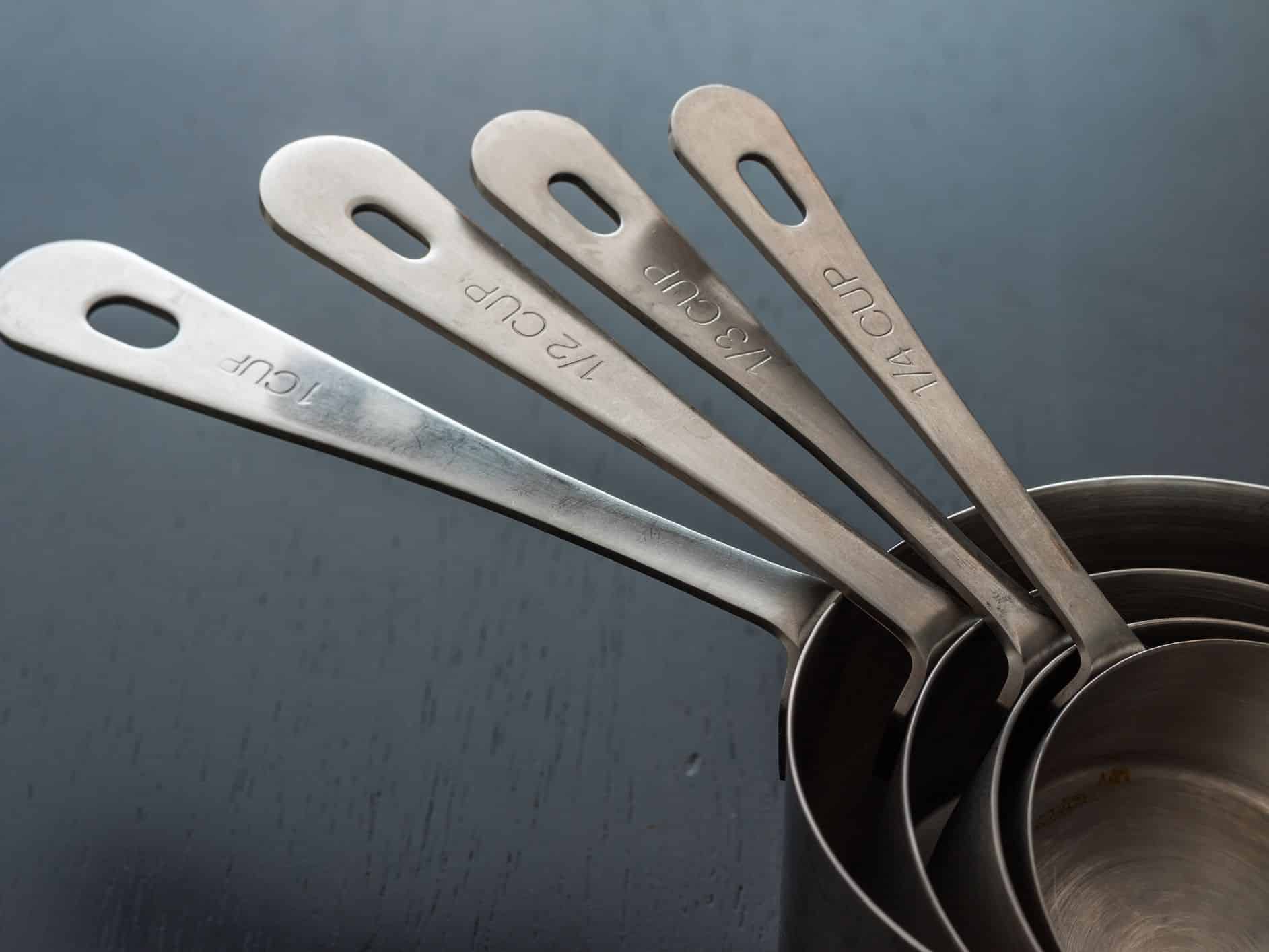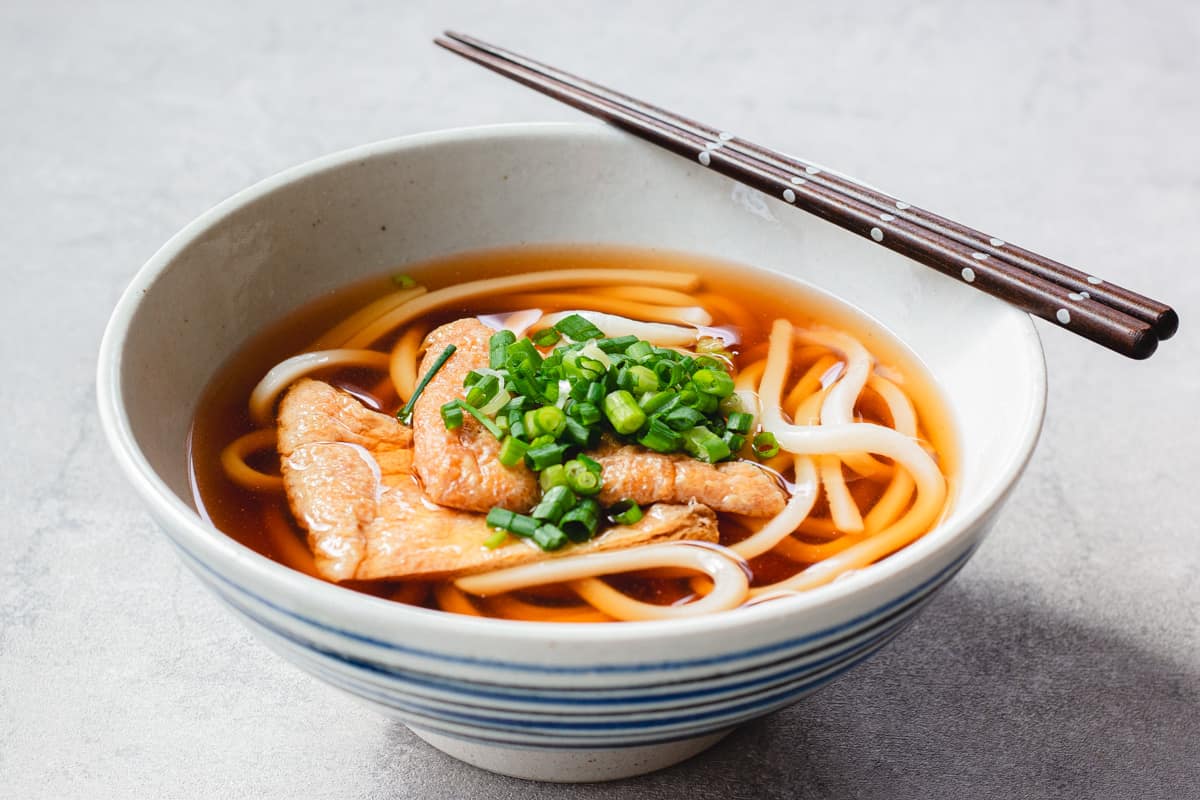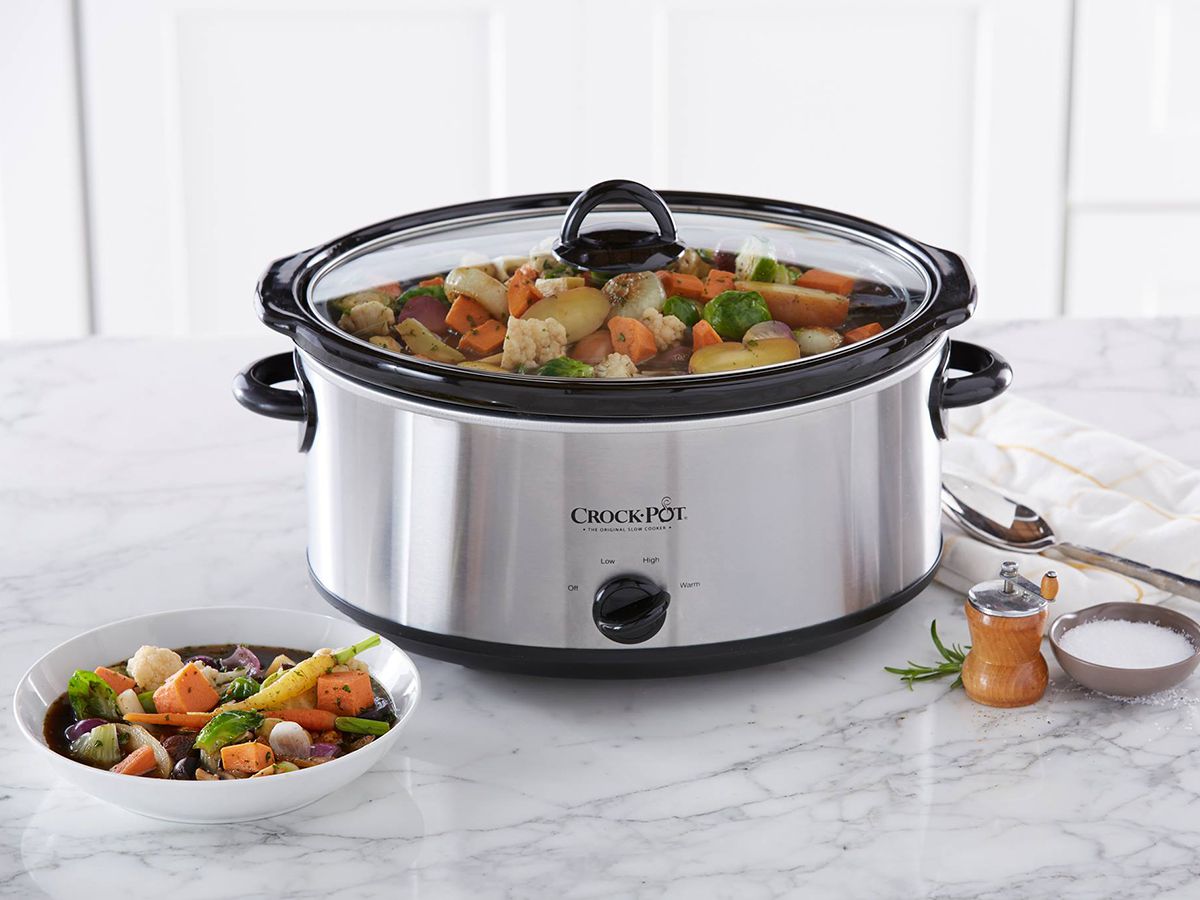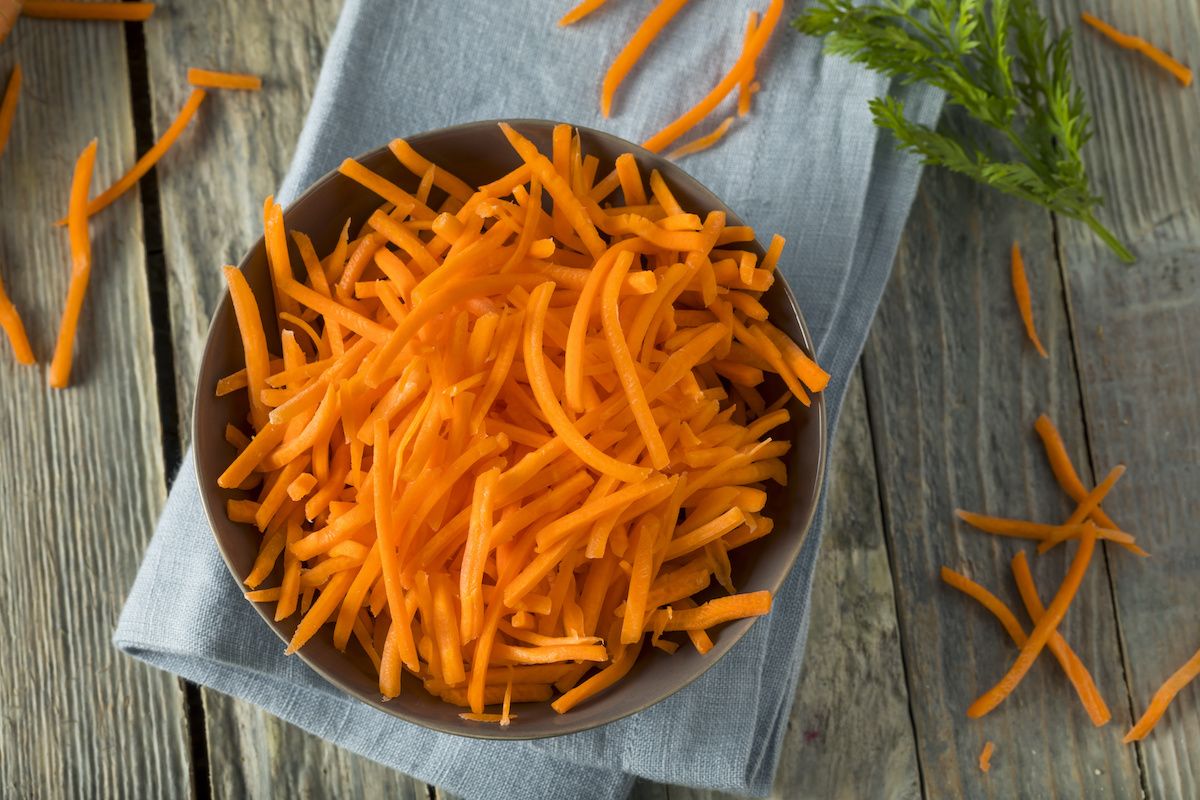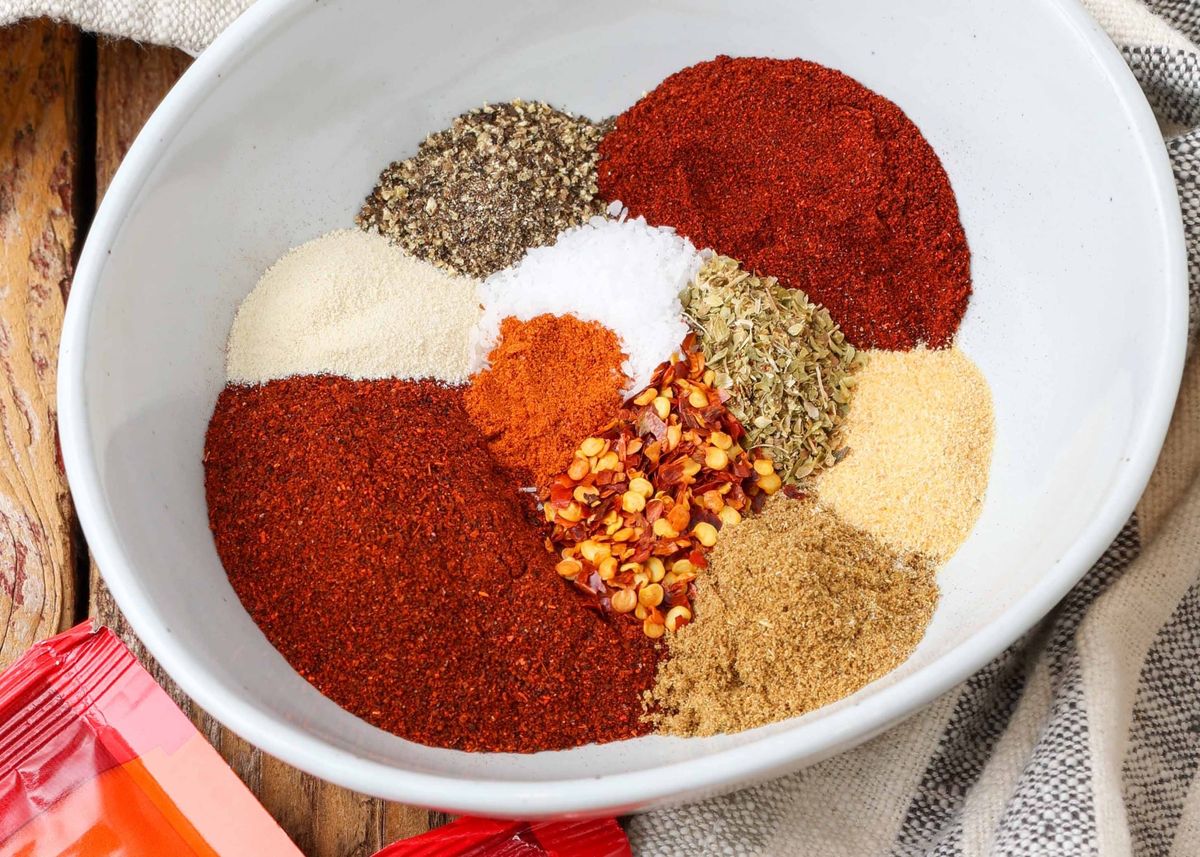Understanding the Difference Between Ground Coriander and Coriander Seed
Coriander is a popular spice that is widely used in various cuisines around the world. It adds a unique flavor and aroma to dishes, making it a staple in many kitchens. When it comes to coriander, there are two primary forms in which it is used: ground coriander and coriander seed. While they both come from the same plant, there are some key differences between the two.
Ground Coriander
Ground coriander is made by grinding the seeds of the coriander plant into a fine powder. This form of coriander is commonly used in cooking and adds a warm, citrusy flavor to dishes. Ground coriander is a versatile spice that can be used in both sweet and savory recipes, making it a popular choice for many cooks.
Coriander Seed
Coriander seed, on the other hand, refers to the dried seeds of the coriander plant. These seeds have a slightly different flavor profile compared to ground coriander. They have a warm, nutty taste with citrusy undertones and are often used whole in pickling brines, marinades, and spice blends.
Key Differences
Now that we understand the basic forms of coriander, let’s delve into the key differences between ground coriander and coriander seed:
- Texture: Ground coriander is a fine powder, while coriander seed is whole and has a more substantial texture.
- Flavor Intensity: Ground coriander tends to have a more intense flavor compared to coriander seed due to the increased surface area.
- Usage: Ground coriander is commonly used in cooking and baking, while coriander seed is often used in pickling and brining.
- Storage: Ground coriander has a shorter shelf life compared to coriander seed due to its increased surface area, which exposes it to air and moisture.
How to Use Them
Both ground coriander and coriander seed have their own unique applications in the kitchen. Here are some common uses for each:
Ground Coriander
- Seasoning for meats, vegetables, and stews
- Ingredient in curry powders and spice blends
- Flavoring for baked goods and desserts
Coriander Seed
- Adding flavor to pickles and brines
- Crushing and using in marinades for meats and fish
- Whole in soups and broths for a subtle infusion of flavor
Conclusion
While ground coriander and coriander seed both come from the same plant, they offer distinct flavors and textures that make them suitable for different culinary applications. Whether you’re looking to add a punch of flavor to a curry or infuse a subtle hint of citrus into a pickling brine, understanding the differences between these two forms of coriander can elevate your cooking to new heights.
Next time you reach for coriander in your spice cabinet, consider the form that best suits your recipe and get ready to savor the unique essence it brings to your dish.
Was this page helpful?
Read Next: What Is Hootenanny Recipe
